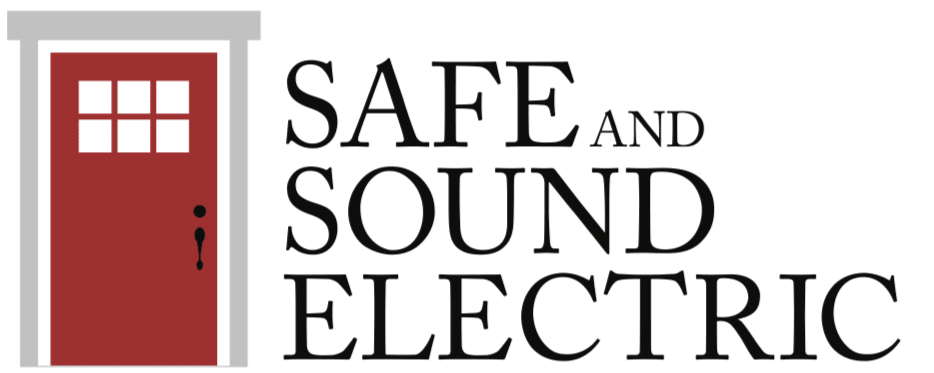Different Types of Electrical Outlets
Not all home power is created equal, and different types of electrical outlets each serve their unique purposes.
Every outlet style has its characteristics that offer particular benefits. From 220V outlet types to smart outlets that can start your morning coffee, we are here to explain the significant differences between these outlets and how they work inside your home.
Electrical Outlets: How Do They Work?
Electrical outlets are used to power the electronics and appliances in your home. The power from your utility company is distributed around your home through cables that connect to outlets. When you are ready to use power, you can plug your device or appliance into the appropriate outlet. Switch the power on, and you are ready to go!
Electrical Receptacle vs. Outlet
What is the difference between an electrical receptacle and an outlet? You might initially think they are the same, but there is a distinct difference.
The receptacle is the set of holes where the plug from your electronic device is inserted. An outlet is an entire box, which can contain multiple receptacles. Together, they are the primary source of plug-in power for your home.
Different Types of Electrical Outlets and Switches
There are various styles of electrical outlets that all have their use homes, depending on what you are looking for.
You may have seen different types of electrical outlets here or there, but many homeowners are not aware of the many options available to them. Here are some of the most common types of outlets you are likely to find in houses everywhere:
15A 120V Outlet
This outlet is easily the most common in most U.S. households. These are outlets that are easy to install or replace. They are suitable for small to medium devices, including smartphones or laptops.
These outlets come in both two-pronged and three-pronged versions to facilitate different electrical plug types (with or without a ground wire). Two-pronged versions are somewhat obsolete.
20A 120V Outlet
Another standard outlet in the U.S. is the 20A 120V outlet, which many buildings have installed for larger kitchen gadgets. This outlet has a horizontal slot that branches off perpendicular to one of the vertical slots. These outlets are perfect for more powerful appliances that require a bit more power, such as microwaves or toaster ovens.
20A 250V Outlet
The larger appliances in your home, like some air conditioners, will need much more power than something like a computer. A 20A 250V Outlet is perfect for these situations.
Check your appliances to ensure that this outlet will provide them with ample power. Some heavy-duty appliances might even need a 30A or 50A outlet to work at maximum efficiency. These outlets need a specific circuit to be installed from your main panel and require a qualified electrician to do so.
Tamper-Resistant Receptacles
A tamper-resistant outlet uses a physical barrier over the receptacles to prevent any foreign objects from entering them.
These receptacles are an excellent option for homes with young children, as the tamper-resistant shield can protect the kids from possible electric shock. As local building codes have made them mandatory for newer construction projects, many new buildings will use these outlets.
GFCI Outlets
Ground fault circuit interrupter (GFCI) outlets can be found in areas exposed to water. These areas include kitchens, bathrooms, basements, or even outdoors.
These receptacles will cut off power if they sense a spike in the current. You might recognize these outlets in your home by the “TEST” and “RESET” buttons found next to the receptacles.
AFCI Outlets
Arc Fault Circuit Interrupter (AFCI) outlets are often installed in bedrooms, kitchens, or laundry spaces as a safety precaution for when you are asleep. They prevent an overheating appliance from causing an electrical hazard through arcing, a process that can generate a large amount of heat and even cause fires.
USB Outlets
USB outlets are becoming commonplace as our technology becomes more reliant on USB cords. These ports are often included in two or three-pronged outlets, and you can easily plug in your smartphone or tablet while still using the other two receptacles.
If you find yourself searching for more USB ports, installing a USB wall outlet could be the solution.
Smart Outlets
A smart outlet is a newer outlet style with built-in mechanisms to help you monitor your power usage. You can also program them to turn on and off on a set schedule, and they are great for powering on appliances you only use at a particular time of day.
Because they are more energy-efficient, you can also end up saving on your electric bill. Many smart outlets can also be integrated with your smartphone or other devices so that you can activate them from anywhere.
Safe and Sound Electric: Your Experienced Team for Outlets
Safe and Sound Electric has experience with all types of outlets. Whether you are in the market to upgrade one of the old electrical outlet types or need to have one of your electrical issues handled, give us a call today! If you are interested in learning more about the different outlets and how they can benefit your home, we can help.
